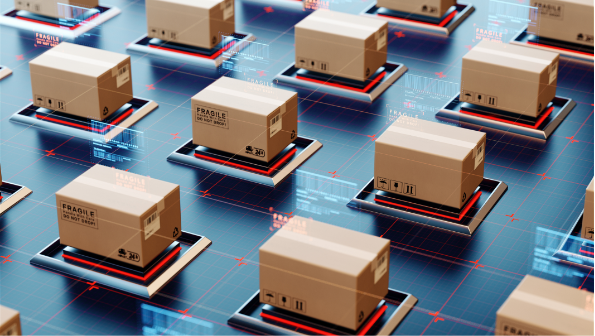Internet of Things: Getting Beyond The Vision Phase to Practical Use
February 2, 2016
We’ve all heard the vision of the smart refrigerator that orders milk when you are running low. Or the car that finds the nearest parking spot in a busy lot. The test device that not only alerts a diabetic if blood sugar is low, but also notifies the doctor. The app that monitors vibrations to ensure a bridge’s structural integrity, the golf course water management solution and the list goes on and on.
All future possibilities when we connect physical objects, such as devices or vehicles with the Internet to collect and exchange data – a concept collectively labeled the Internet of Things (IoT). The industry behind it is burgeoning with lively new start-ups flush with VC cash as well as established giants aligning to the massive IoT wave.
But despite all this enthusiasm and effort, the Internet of Things is largely stuck in the vision phase. While a number of illustrative IoT cases exist, few inspire a best practice that others can follow. The challenge is to move through the hype cycle with useful solutions that companies can deploy and finally realize value from IoT.
To cross from hype to adoption, the industry must focus on solving three business problems:
It’s the APPLICATIONS, stupid!
I’ve never subscribed to the ‘field of dreams’ strategy – build it and the players will come. The tech industry has followed this path many times, leading to a number of high profile failures. And yet, here we are focused on building IoT platforms with no killer app to inspire adoption. Stuck in the vision phase – field of dreams, indeed.
You can only sell businesses on the IoT vision for so long before they demand results. Don’t stop building platforms, but prioritize applications that will inspire businesses to embrace IoT. The industry needs a few good wins under its belt.
Sadly, many IoT platforms don’t even have a user interface yet illustrating how far away the industry is from delivering solid apps. All the functionality in the world is completely useless if key employees cannot access and use it.
Fortunately, there are a number of successes, particularly in the consumer space, that provide interesting best practices. Connected thermostat devices that monitor temperatures to more efficiently heat or cool your home, for example. Baby monitors or simple tools to find lost keys are popular too. What these successes have in common is a practical application driving demand for the solution.
Aim for Off-The-Shelf
Another huge challenge to IoT implementations is the sheer cost and massive scope of work to deploy them. A major theme park, for example, is reported to have spent $1 billion to complete a tracking system. That’s because early adopters are blazing trails, building custom code and developing proprietary solutions.
IoT vendors need to make it easier for businesses to deploy without the huge risks of building it on their own. To be fair, some IoT vendors are addressing this with blueprints that outline the project and clearly define where customization is required. Prebuilt templates will also accelerate time to value by delivering functionality without requiring custom code. We expect to see vertical industry-specific templates emerge, which can greatly spur adoption.
From a user perspective, businesses should ask for use cases that show ROI. If you are going to forge a trail, at least get some advice from others who’ve successfully done this.
Go Beyond Monitoring! This is IoT, not Big Data!
Currently the focus is on basic data collection and discovery. But to deliver on the true value of IoT, the industry has to go beyond a monitoring system with applications and tools that can improve business. If the point is to simply collect data, then the device is a mere cog in a big data wheel, not IoT.
That’s not to say that analytics are not important. They are an integral part of a solid IoT solution. But IoT is about taking information collected from devices and acting upon it. Not merely understanding that the green on the fourth hole is being overwatered, but automatically shutting off the irrigation system. Lowering the gates at the bridge when vibrations indicate danger and also alerting administrators, engineers and authorities to the situation.
The vision for IoT is promising and could positively transform business over the coming years. But the industry has to prime the pump with applications employees can leverage that deliver benefits beyond data monitoring.